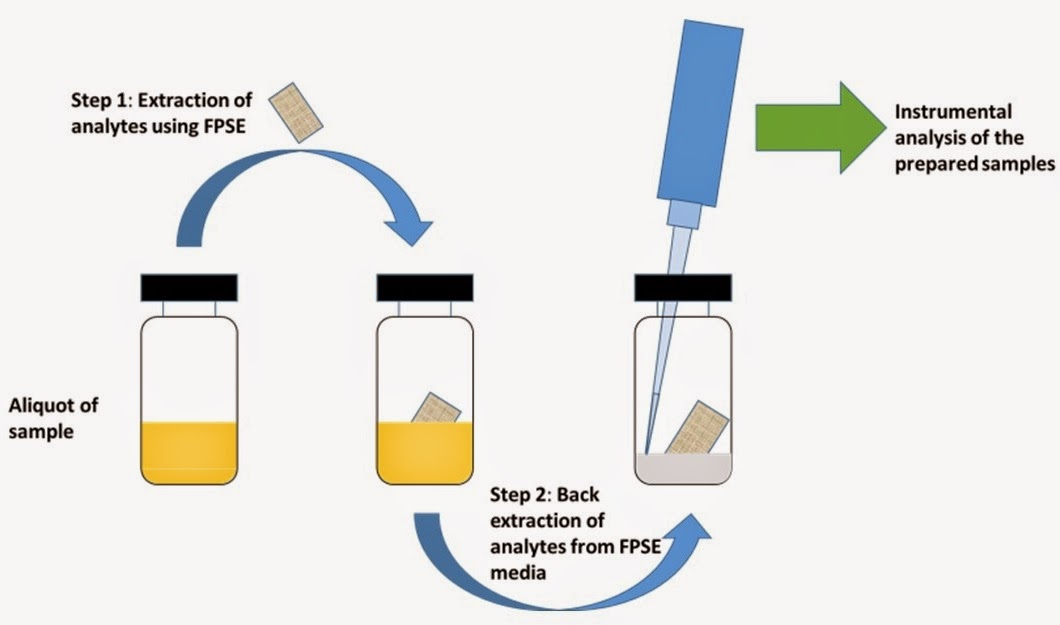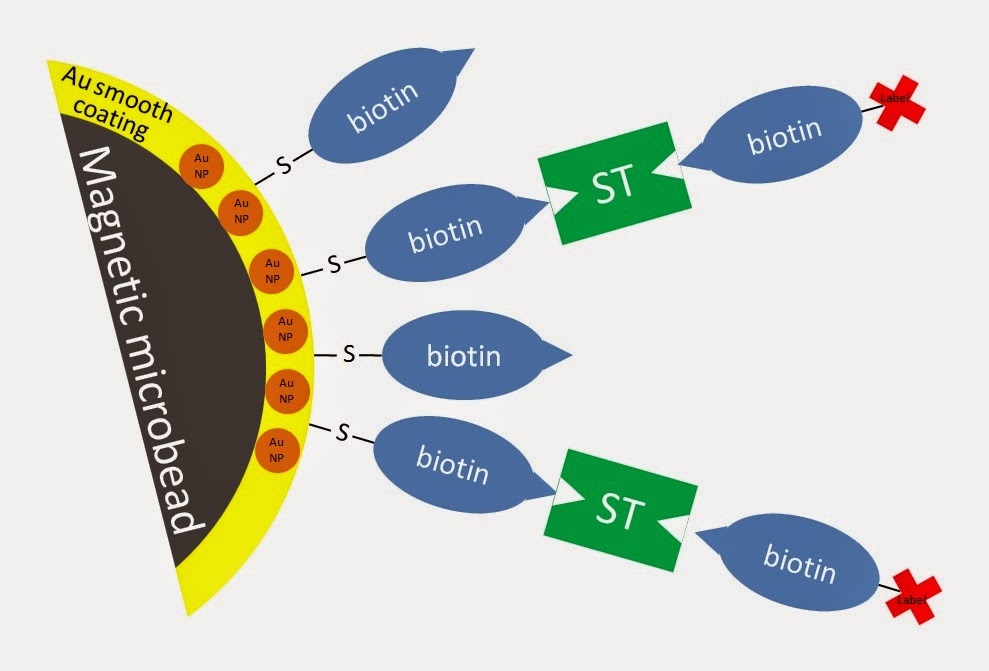Animal bones wastes for coiled solid phase microextraction
The use of natural products, or wastes from them, to fabricate sorptive
phases is an interesting research line with green connotations. Ramzi and
Farrokhzadeh have evaluated, in a recent article accepted for publication in
Journal of Separations Science, the potential use of animal bone wastes in this
context. From the chemical point of view, bones are inorganic/organic composite
materials where the inorganic part is mainly composed by carbonated
hydroxyapatite while collagen fibers comprise the main part, up to 90 %, of the
organic material.
 |
| "Electronic micrograph 10000 magnification of mineralized collagen fibers in bone" by Bertazzo S used under CC BY. Via wikipedia |
The proposed procedure for the fabrication of the coating is simple. Bone
wastes are firstly grounded, cleaned and dried. The resulting solid is
dispersed in a citric acid solution and heated for a defined period o time.
Finally, the solid phase microextraction (SPME) support is immersed into the
solution. The evaporation of the solvent leaves a fibrous inorganic/organic
coating over the surface than can be used for extraction purposes. The authors
have proposed a coiled wire as support as it presents an enhanced superficial
area compared with classical SPME fibers.
The resulting material has been applied for the determination of
polycyclic aromatic hydrocarbons in water with good results (limits of
detection in the ng per liter range). We recommend you the reading of the
original manuscript for further details.
The editor.
The editor.
Reference
(1) Introduction of a coiled solid-phase microextraction fiber based on
a coating of animal bone waste for chromatographic analysis. Link to the article



Comments
Post a Comment